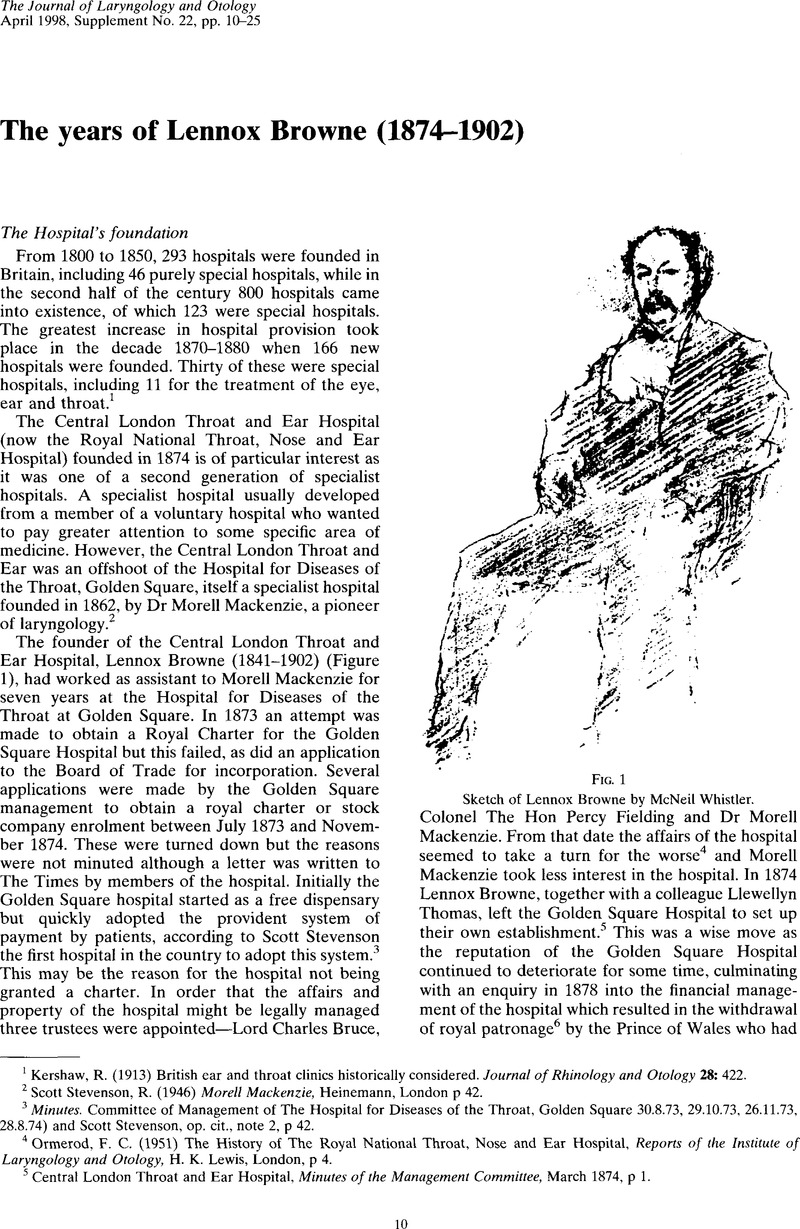68Robert, Koch (1843–1910) shared with Pasteur the title ‘Founder of Microbiology’. Published ‘postulates’
1881, discovered the tubercle bacillus in 1882 and the cholera vibrio in 1884, (Weir, N. (
1990) Otolaryngology. An Illustrated History, Butterworths, London, p 2.) His improvements in staining techniques, followed by his development of a method to achieve pure cultivations of bacteria, led to many other methodological advances in bacteriology (Brand J.L. (
1965) Doctors and the State, John Hopkins, Maryland, p 39).
Google Scholar 